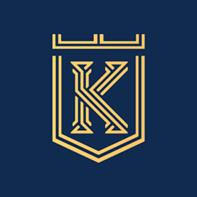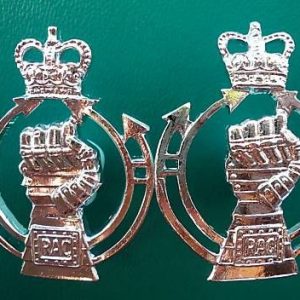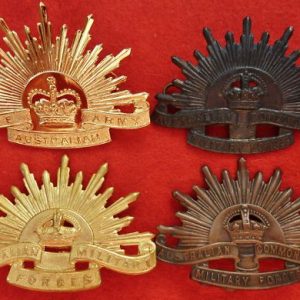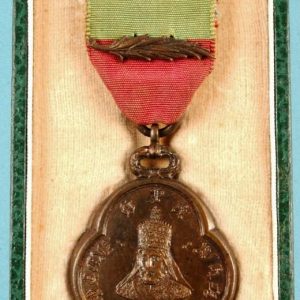SOLD
WW1 BRITISH ARMY OFFICER’S 5TH SPECIAL GAS BN. MEDALS SERBIAN MEDAL FOR ZEAL
Offered is a British War and Victory Medal, impressed named CAPT G.H.MACDONALD. Serbian Medal for Zeal, Gold (Gilt). Court mounted for display. Comes with copies Medal Index Card, Medal rolls, 39th Casualty Clearance Section admittance book (Somme August 1916) & London Gazette. Captain George Herbert MacDonald enlisted in August 1914 initially into the Middlesex Regiment with a service number of 4880. He transferred to the Royal Engineers prior to landing in France on the 24/8/1915 as a Corporal. On the 20/8/1916 he was admitted to hospital via the 39th Casualty Clearing Station (Allonville, Somme) his unit was listed as Royal...
$170.00
SOLD
Offered is a British War and Victory Medal, impressed named CAPT G.H.MACDONALD. Serbian Medal for Zeal, Gold (Gilt). Court mounted for display. Comes with copies Medal Index Card, Medal rolls, 39th Casualty Clearance Section admittance book (Somme August 1916) & London Gazette.
Captain George Herbert MacDonald enlisted in August 1914 initially into the Middlesex Regiment with a service number of 4880. He transferred to the Royal Engineers prior to landing in France on the 24/8/1915 as a Corporal. On the 20/8/1916 he was admitted to hospital via the 39th Casualty Clearing Station (Allonville, Somme) his unit was listed as Royal Engineers 5th Battalion Special Brigade. He was granted a commission on the 16/10/1917 and finished the war as a Captain. He survived the war and was living in London in 1919. He is also entitled to the 1914 – 15 Star.
The first Special Companies are formed: As early as 3 May 1915 the British Secretary of State for War, Lord Kitchener, authorised the preparation of measures to retaliate against the German use of poison gas.
Special Companies of technically skilled men, under Major C.H. Foulkes of the Royal Engineers, were formed with a Depot at Helfaut, to deal with the new weapon. Nos 186 and 187 Special Companies were formed first, in July 1915, followed by 188 and 189 Companies in August. All of the men were given the rank of Chemist Corporal. On 4 September 1915 the first two Companies, totalling 34 Sections of 28 men, were assigned to First Army for forthcoming operations.
The Special Brigade is formed. Despite the limited results achieved by the cloud gas discharge at Loos, it was believed sufficiently successful to warrant further development. One of the first acts of Sir Douglas Haig on his appointment as Commander-in-Chief was to request that the War Office expand the four Special Companies of the RE into a more substantial force, viz.
-
Four Special Battalions, each of four Companies, to handle gas discharge from cylinders and smoke from candles;
-
Four Special Companies to handle gas shells fired from 4-inch Stokes mortars. Each Company to have 48 such weapons;
-
Four Special Sections to handle flame projectors (throwers);
-
plus a Headquarters and Depot, making an establishment of 208 officers and 5306 men.





